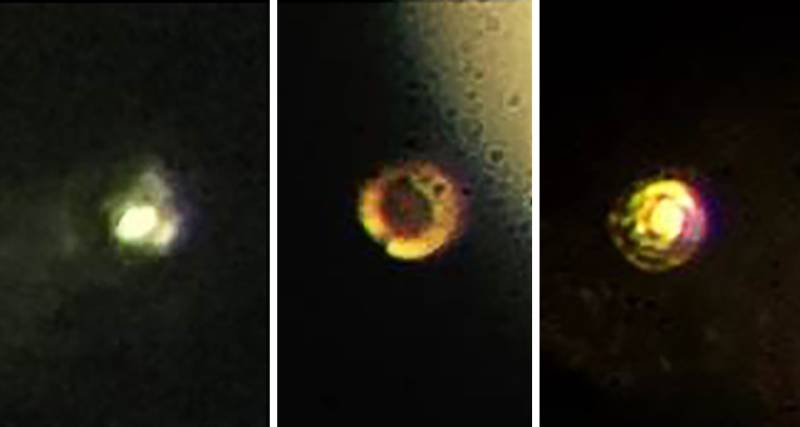Hydrogen as a fuel is used in many parts of the world but its greatest use is in Rockets used to send Satellites and spaceships beyond the Ozone Sphere. Recently, a great landmark in Science and aerodynamics has been achieved when U.S. scientists have succeeded in squeezing hydrogen so intensely that it has turned into a metal, creating an entirely new material that might be used as a highly efficient electricity conductor at room temperatures.
The discovery, published in the journal Science, provides the first confirmation of a theory proposed in 1935 by physicists Hillard Bell Huntington and Eugene Wigner that hydrogen, normally a gas, could occur in a metallic state if exposed to extreme pressure.
Several teams have been racing to develop metallic hydrogen, which is highly prized because of its potential as a superconductor, a material that is extremely efficient at conducting electricity.
Currently, superconductors such as those used in a magnetic resonance imaging, or MRI, machines must be cooled with liquid helium to keep them at extremely low temperatures, which is costly.
'This is the holy grail of high-pressure physics,' Harvard physicist Isaac Silvera, one of the study's authors, said in a statement.
'It's the first-ever sample of metallic hydrogen on Earth, so when you're looking at it, you're looking at something that's never existed before.'
'One prediction that's very important is metallic hydrogen is predicted to be meta-stable,' Silvera said.
'That means if you take the pressure off, it will stay metallic, similar to the way diamonds form from graphite under intense heat and pressure, but remains a diamond when that pressure and heat is removed.'


